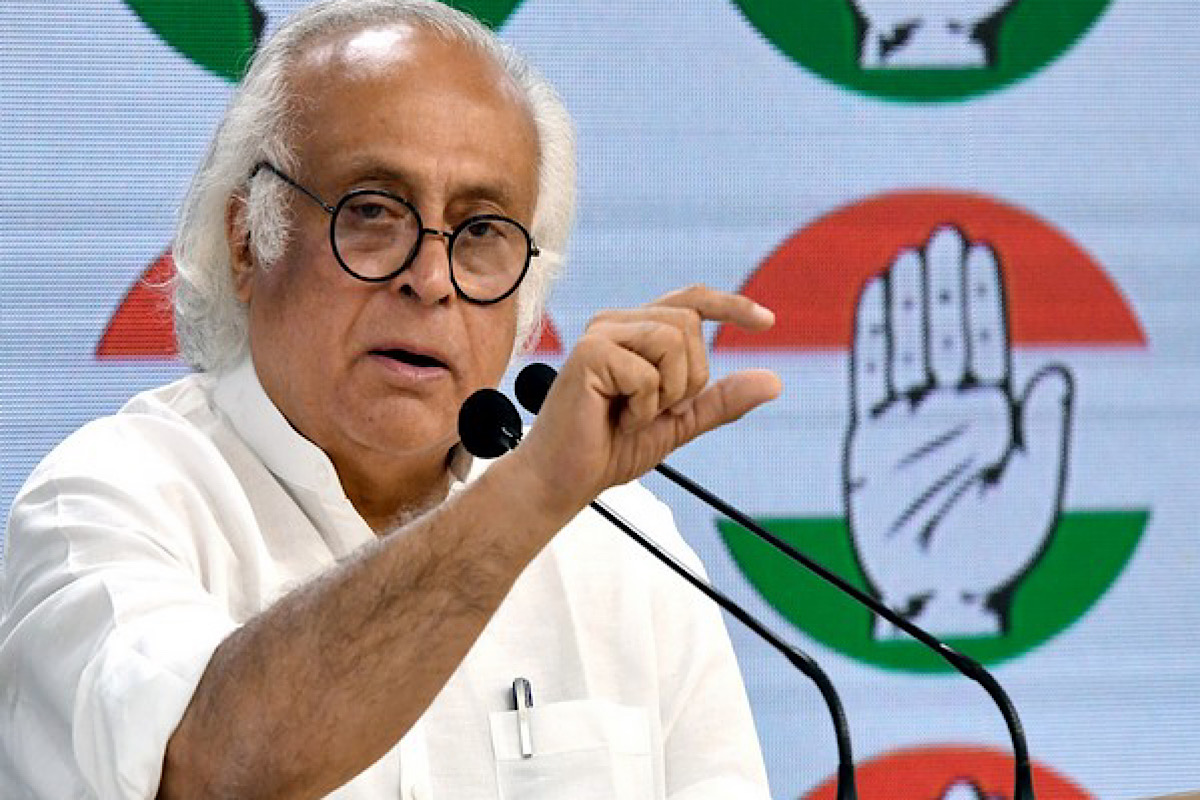The AICC general secretary (communication) Jairam Ramesh has reacted to a significant landslide that has severely damaged the Teesta-V, a 510 MW hydropower station on the Teesta river.
He stated that such natural disasters, including the October 2023 catastrophe and recent landslides, have become commonplace due to ecological destruction and unplanned construction.
“A surge of hydro projects on the Teesta river has made it more flood-prone, leading to the erosion of sections of national highway-10,” Mr Ramesh said.
He noted that, according to the National Hydropower Development Corporation (NHDC), there are currently 47 hydropower projects at various stages of development on the Teesta in Sikkim and West Bengal. Of these, nine have been commissioned, work is ongoing on 15 dams, and another 28 are in the planning stages.
“The October 2023 disaster was triggered by Glacial Lake Outburst Floods (GLOF), but its catastrophic scale was exacerbated by the failure of the Teesta-III dam,” Mr Ramesh asserted.
He pointed out that this disaster follows the GLOF and riverine floods in the Teesta basin in October 2023, which inflicted massive damage in Sikkim and Kalimpong, West Bengal. The Union Budget, presented in July 2024, included a section on ‘irrigation and flood mitigation,’ where the finance minister vaguely promised ‘assistance’ for Sikkim without providing details on funding.
“In a classic case of the government’s confrontational federalism, the budget ignored areas in West Bengal that were equally affected,” Mr Ramesh added.
In a statement, the AICC general secretary emphasized that recent experiences demonstrate that this lack of consultation has been a short-sighted decision. Authorities dismissed concerns raised by members of the local Lepcha community regarding the environmental clearance of the Teesta V project in 2014, particularly regarding studies on the potential impact of GLOFs.
“True to their warnings, the GLOF overtopped the Teesta-V dam, causing damage back in October. Now, just months later, landslides have struck the same dam,” Mr Ramesh stated.
He criticised the ongoing development of hydel projects in ecologically fragile regions without considering their cumulative environmental impacts. Dams on the Teesta serve as a prime example of how development is fundamentally altering ecology with dire consequences for current and future generations.
National highway-10, which is vital for Sikkim and Kalimpong, runs alongside the Teesta and has been frequently affected by landslides and closures. Currently, the highway has been closed for over a month, severely impacting trade, tourism, and the security of these sensitive border areas.
Amidst these hydel projects, IRCON is also engaged in tunnelling for the Sivok-Rangpo railway line (14 tunnels), further increasing the region’s vulnerability, he noted. Additionally, mismanagement in debris disposal has raised riverbed levels, making the area more prone to flooding.












